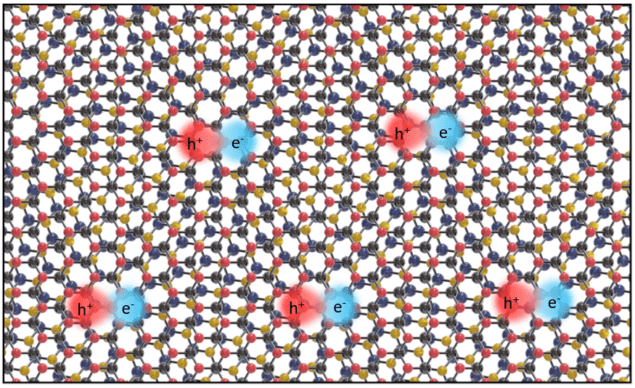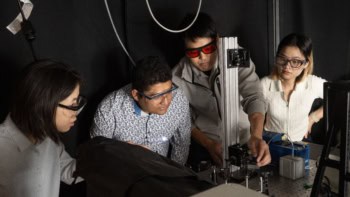
Home »
Materials » 2D materials » Twistronics lights up with moiré exciton experiments
Twistronics lights up with moiré exciton experiments
27 Feb 2019 Anna Demming
Anna Demming
is a science journalist based in Bristol, UK



